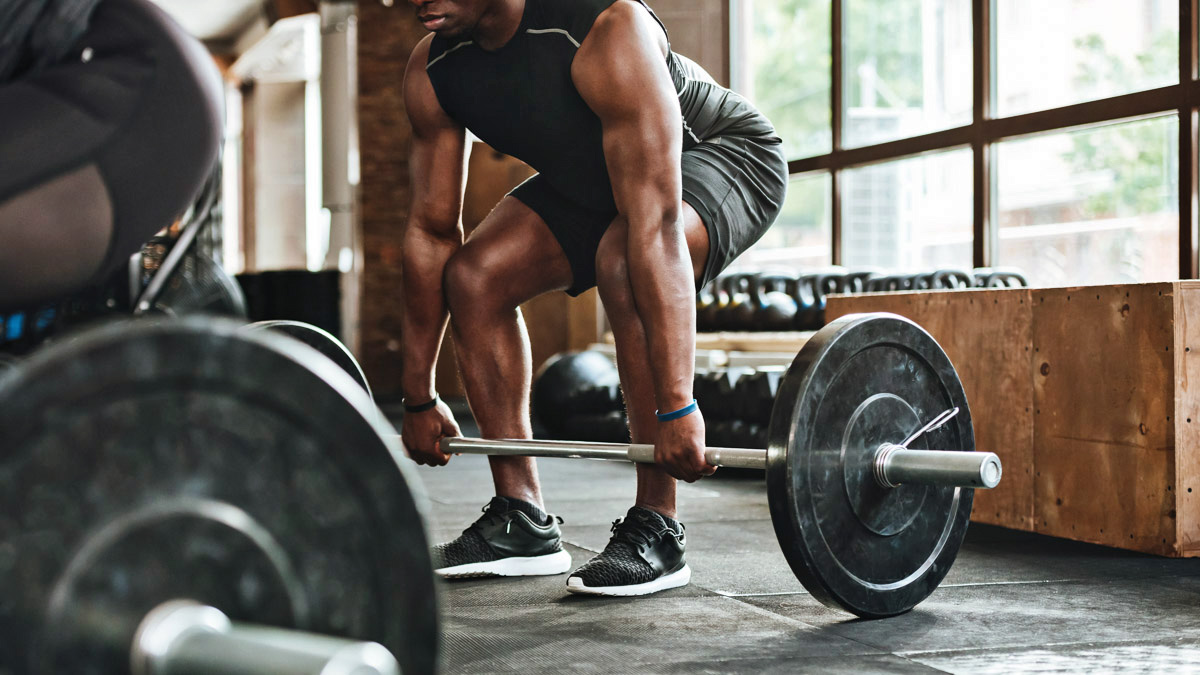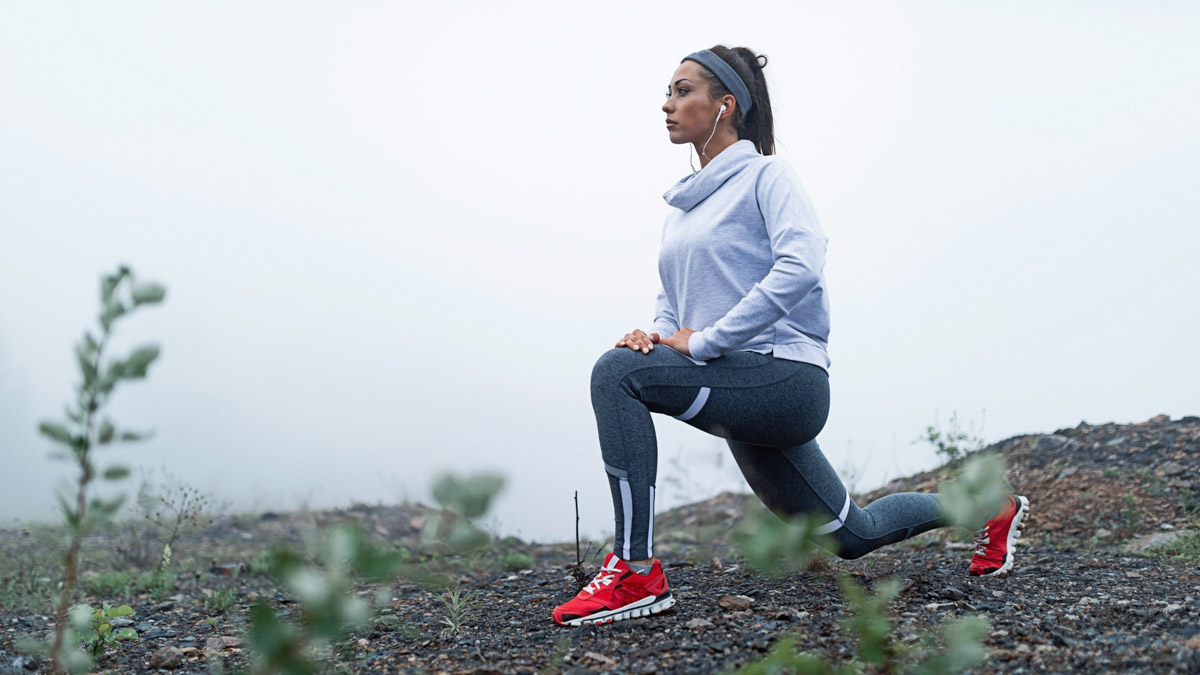Although we all know the importance of rest and recovery, it’s easy to get anxious now that your build phase for running has commenced. The non-structured training of the off-season might leave you wondering where you fitness is. It’s harder to see the performance gains you’re making during this time, as much of your work may be focused on technique, strength, or improving a weak area. Whereas during race season it’s easy to see what markers you’re hitting, your training currently has a different feeling to it, and a necessary but different focus and rhythm.
What is the Build Phase?
The build phase is a period during your training for doing what is says — building a strong foundation that equates to speed and overall efficiency. In the build phase, expect to see a calculated progression, a ramp-up in volume and intensity, and a focus on building strength and endurance. This is all meant to prepare you for those critical long runs that are instrumental to your goal race.
The focus of the build phase is to place stress on the body over a specific timeframe and then back off the intensity just enough to allow recovery before repeating the process again. As you repeat this cycle, changing a variable (such as the duration of an interval) allows your body to take on an increased level of stress each time. This dynamic training and recovery over time builds a faster athlete.
Volume, Intensity, and Duration of the Build Phase
The equation can seem pretty complex when determining how much, how often, and how hard one to push during the build phase. Determining what specific variables to change to get the most out of your training before causing harm or injury also poses a challenge. Finding that balance and defining the exact tipping point is where most self-coached athletes fail. They either plateau or get injured. The guidance of a knowledgeable coach can help you find that balance and see gains in your performance like never before.
There are many theories and methods used by seasoned coaches. Some use training cycles based on days, weeks, or even months to build an athlete. This depends largely on the athlete’s history, goals, race, age, and rate of adaptation. A very common training cycle is three or four weeks. This stems from the time it takes your body to adapt to new training stressors. After three or four weeks of the same stress, your body is no longer reaping the maximum benefit, and a different stress load should be introduced. This is often when you will see a recovery period; just a few days are usually enough to allow the body to rest before introducing a higher level of intensity in the next cycle. There are no shortcuts to this, so be cautious when you see a plan that ramps up too fast.
Types of Build Phase Workouts
In a well-structured build phase plan, you may see as many as three quality workouts during the week. These workouts will consist of tempo runs, intervals, and hill/speed work. The rest of the week may include recovery runs to build volume, cross-training, and strength work — all essential parts of developing the strong foundation and endurance that a high-performing athlete needs.
Another important and often dismissed component is strength and flexibility work. A strong lower body and core is needed to support the added stress that higher speeds place on your body. Following a sports-specific strength program and putting in the miles will yield incredible gains over time. Just be patient and consistent when it comes to strength and cross-training, especially if it’s a new element in your training.
Given the complexity of a properly executed build phase, one should seek the guidance and advice of a coach to get the most out of your training. This small investment in yourself will not only yield better results but also keep you injury-free and training consistently.









